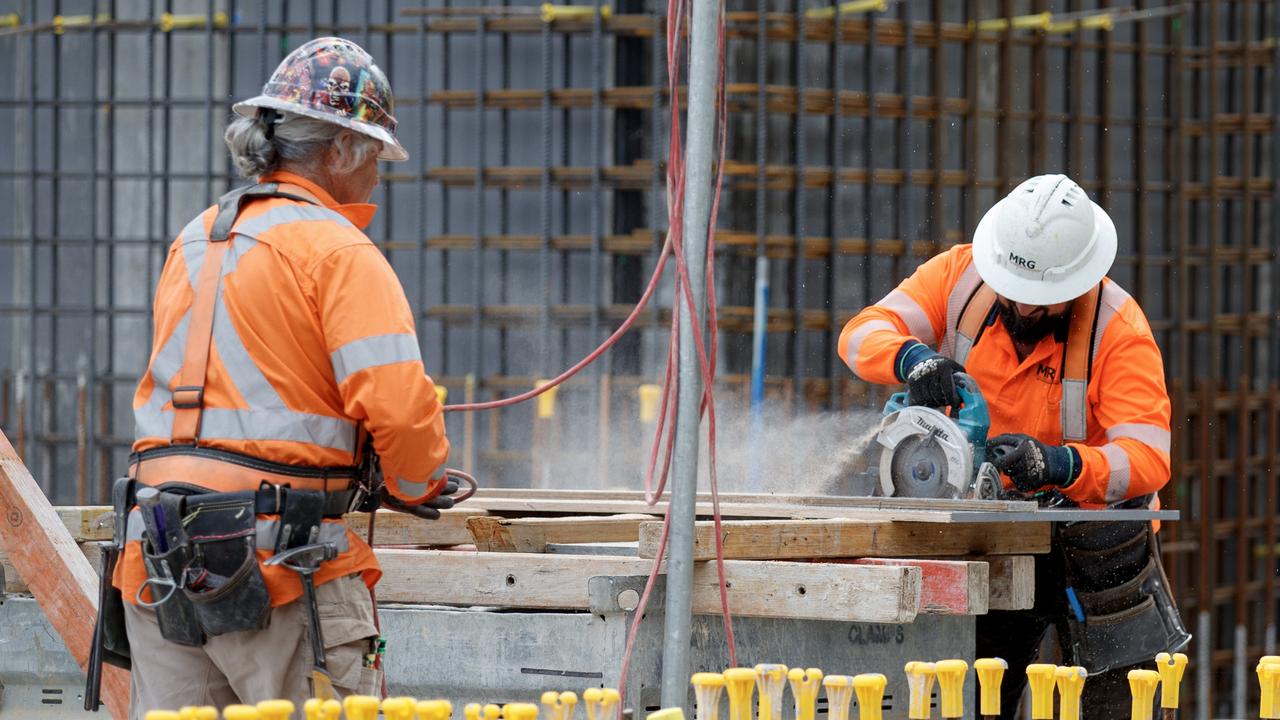Bond market questions RBA credibility
The RBA has come under fire for failing to defend its yield curve target on short-term bonds until it announced a formal policy change on Tuesday.

Business
Don't miss out on the headlines from Business. Followed categories will be added to My News.
The Reserve Bank has come under fire from the bond market after it failed to defend its yield curve target on short-term bonds before formally abandoning the policy at this week’s November board meeting.
Chris Rands, co-portfolio manager of the Yarra Australian Bond Fund at Yarra Capital Management, said he understood the rationale for the policy switch, but questioned the way that the central bank had handled it.
“The reality was they were buying three-year bonds for 18 months, and I think it would have been better if they’d continued to defend the target for another two days before the board meeting,” Mr Rands said.
“That would have stopped the liquidity event and the market melting down the way it did.
“I’m probably more relaxed about it, but there are probably a lot of annoyed parties who were taking positions and will be reluctant to do it again in the future.”
The RBA board meeting had particular importance as financial markets waited for official guidance on monetary policy settings, after the central bank repeatedly failed to enter the market when the yield on the April 2024 government bond rose well above the 0.1 per cent target.
Governor Philip Lowe clarified the situation by announcing on Tuesday that the target rate on the benchmark bond had been discontinued.
Analysts, meanwhile, continued to take bets against the RBA’s outlook, with the Commonwealth Bank economics team forecasting an increase in the cash rate in November next year. This was despite the RBA’s forecast under its central scenario that conditions for a lift in the cash rate – inflation sustainably within the 2-3 per cent target range – would not be met until a year later, in late 2023.
“The overall tone of the post-meeting statement was still dovish, with the RBA noting that inflationary pressures ‘are also less than they are in many other countries, not least because of the only modest wages growth in Australia’,” CBA said.
The nation’s biggest bank forecast that the RBA would lift the cash rate in November next year from 0.1 per cent to 0.25 per cent, with a further 25-basis-point increase in December and more moves in 2023 to a peak of 1.25 per cent.
The bond purchase program was expected to be tapered from $4bn a week to $2bn a week in February next year, and for the program to end in May next year.
ANZ economist David Plank said there was still “considerable uncertainty” about the outlook.
“The lift in inflation expectations, for instance, points to the potential for a faster pick-up in wages growth than the RBA forecasts,” Mr Plank said.
“This could see rate hikes earlier than the RBA currently expects, but there are also risks the other way. We will need to be patient.”
Morgan Stanley said in a note that Dr Lowe had “strongly pushed back” on the prospect of near-term rate increases, describing current market pricing as an overreaction.
The RBA, it said, was clear that a surge in inflation was not expected, and that wage growth was likely to be only gradual.
“In our view, the commentary suggests that the bar rate for hikes next year is quite high,” the investment bank said.
“Continued tightening through QE (quantitative easing) tapering and macroprudential measures will also allow the RBA greater patience on rates.
“We remain comfortable in our view that a rate lift-off is most likely in the second quarter of 2023, even with some upside risks to RBA forecasts.”
Westpac chief economist Bill Evans has forecast that the first increase in the cash rate will be in February 2023, when he expects an increase of 15 basis points.
Mr Evans said the RBA’s strong guidance, particularly last year, was key to underpinning confidence in the central bank’s commitment to do everything in its power to protect the domestic economy.
Originally published as Bond market questions RBA credibility





